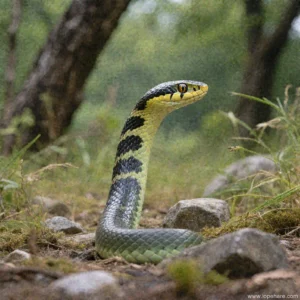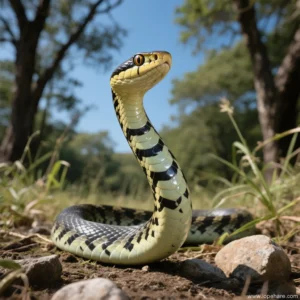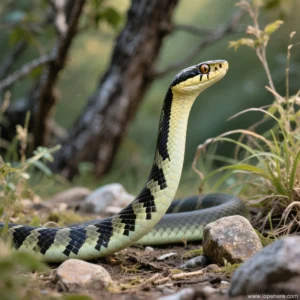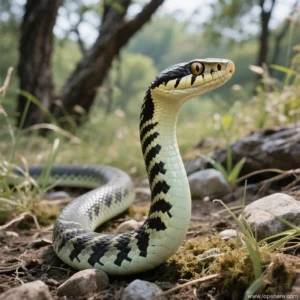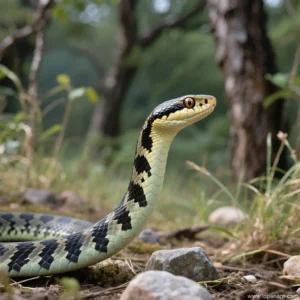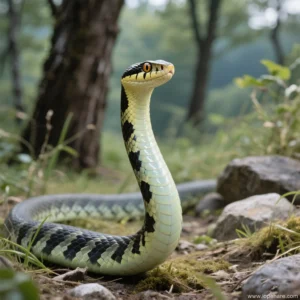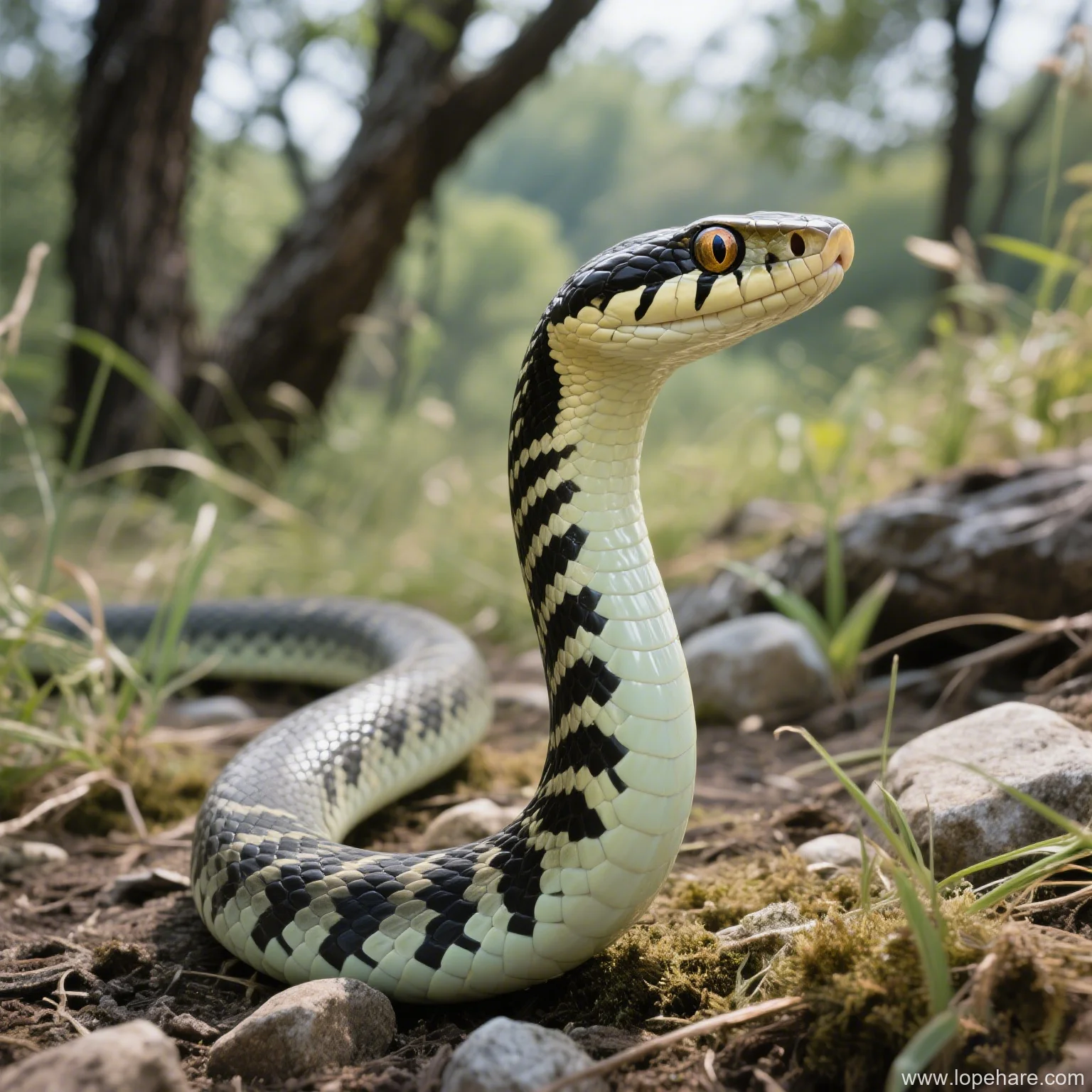
Reptile Husbandry
Humidity and Temperature Control: Essential for Elaphe schrenckii Health
At lopehare, we’re dedicated to providing comprehensive, professional information for enthusiasts of niche pets, and that includes wonderful reptiles like the Amur Ratsnake, Elaphe schrenckii. While often considered relatively docile and rewarding to keep, providing the correct environment is absolutely fundamental to their well-being. Two of the most critical factors you must master are temperature and humidity control. Getting these wrong can lead to significant health problems, so let’s dive into the specifics.
Why Temperature & Humidity Matter So Much
Reptiles, including snakes like Elaphe schrenckii, are ectothermic. This means they rely on external sources to regulate their body temperature. In their natural habitat, they would move to warmer or cooler areas as needed. In captivity, you, as the keeper, must provide these thermal gradients. Temperature affects everything from their metabolism, digestion, and immune function to their activity levels.
Humidity, on the other hand, plays a vital role in respiratory health and successful shedding. Too low humidity can cause respiratory issues and stuck sheds, while too high humidity combined with poor ventilation can also lead to respiratory problems and skin infections. Finding the right balance is crucial.
Ideal Temperature Range for Amur Ratsnakes
Elaphe schrenckii originates from temperate regions of East Asia, experiencing distinct seasons. This influences their captive needs. Unlike tropical species needing consistently high temperatures, they require a thermal gradient that allows them to thermoregulate effectively.
- Warm Side/Basking Spot: Aim for a basking area temperature between 80-85°F (27-29°C). This isn’t a ‘hot spot’ like needed for some desert reptiles, but a warmer area for digestion.
- Cool Side: The ambient temperature on the cool side of the enclosure should be in the low to mid 70s°F (approx. 70-75°F or 21-24°C). This allows the snake to cool down.
- Nighttime Drop: A natural temperature drop at night is beneficial and often recommended. Temperatures can safely drop into the low 70s or even high 60s°F (approx. 68-72°F or 20-22°C). Avoid dropping below 65°F (18°C) consistently.
Maintaining this gradient across the enclosure allows your snake to move between zones to achieve its preferred body temperature at any given time.
Heating Methods & Monitoring
Common heating methods include:
- Overhead Heating Elements: Ceramic heat emitters (CHEs) or deep heat projectors (DHPs) are good options as they produce heat without light (beneficial for nighttime). Halogen or incandescent bulbs can be used for basking spots during the day, but must be turned off at night.
- Under Tank Heaters (UTHs): These can be used but are less effective at raising ambient air temperature or creating a significant gradient in a large enclosure. If used, they should cover no more than 1/3 of the tank floor.
Always Use a Thermostat! Regardless of the heating method, it MUST be connected to a thermostat. This prevents overheating (which can be fatal) and ensures consistent temperatures. A simple on/off thermostat is sufficient for UTHs, but proportional (dimming or pulse) thermostats are best for overhead heating elements.
Accurate monitoring is non-negotiable. You will need:
- Digital Thermometers: Place probes at the basking spot level and on the cool side to monitor the gradient accurately. Avoid cheap stick-on dial thermometers, which are notoriously inaccurate.
- Infrared Temperature Gun: Useful for quickly checking surface temperatures of hides, branches, and substrate at different points in the enclosure.
Humidity Requirements for Elaphe schrenckii
Elaphe schrenckii generally thrive in moderate humidity levels. Aim for a range between 50-60%. This range supports healthy respiration and helps facilitate complete sheds. While they can tolerate slight fluctuations, consistently low humidity is a common cause of shedding difficulties, where patches of old skin remain stuck, potentially leading to infections or restricting growth.
Shedding Time: During shedding cycles, you may need to temporarily increase humidity slightly (e.g., towards the upper end of the range or provide a humid hide) to aid the process.
Achieving & Maintaining Humidity
Several factors influence humidity:
- Substrate: Substrates like cypress mulch, coco coir, or a soil/sand mix retain moisture better than aspen shavings or newspaper. Dampen (but do not soak) the substrate periodically.
- Water Bowl: A large water bowl placed preferably on the warmer side of the enclosure will aid evaporation and contribute to humidity. Ensure it’s heavy enough not to tip over.
- Misting: Light misting of the enclosure (not directly on the snake) once a day or every couple of days can help. Allow surfaces to dry out between misting sessions to prevent stagnant, overly wet conditions.
- Enclosure Type: Screen enclosures lose humidity very quickly. Glass tanks or PVC enclosures with solid sides and limited ventilation panels are much better at holding humidity. If using a tank with a screen lid, you may need to cover part of the screen with HVAC tape or plastic wrap (ensure adequate ventilation remains).
Monitoring is key here too. A digital hygrometer placed in the enclosure (not directly on the substrate or near the water bowl) will give you an accurate reading of the air humidity.
The Crucial Balance: Temperature, Humidity & Ventilation
These three factors are interconnected. Higher temperatures can lower relative humidity unless moisture is added. Good ventilation is essential to prevent stagnant air, which can lead to respiratory issues even if humidity is within range. However, excessive ventilation will make it difficult to maintain sufficient humidity and temperature.
This is why enclosure choice and setup are so important. A well-designed PVC or glass enclosure with controlled vents offers the best balance for managing Amur ratsnake temperature needs and humidity. Screen enclosures are very challenging for this species unless measures are taken to reduce airflow.
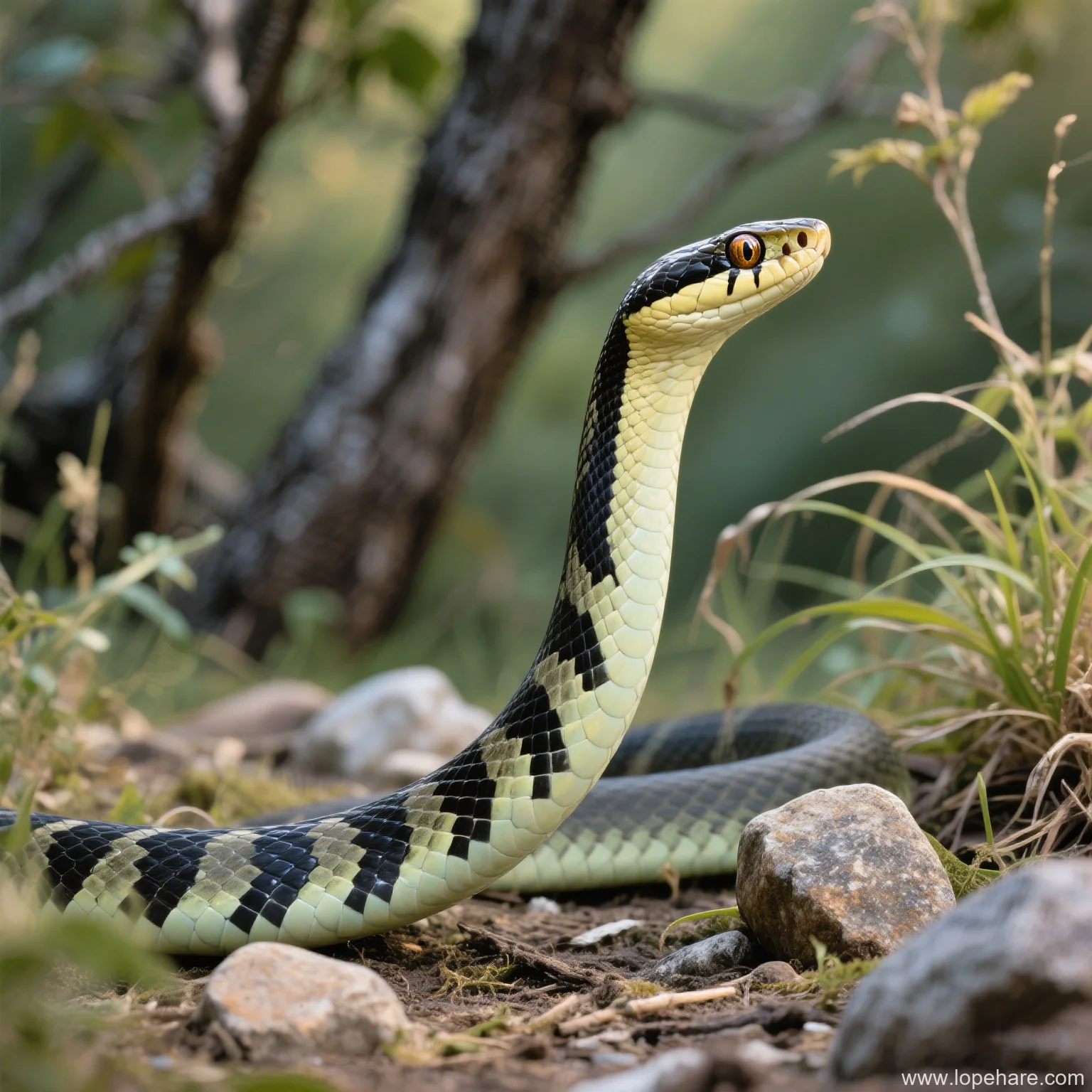
Common Issues from Incorrect Parameters
Poor temperature or humidity control is a leading cause of health problems in captive snakes:
- Respiratory Infections (RIs): Often caused by stagnant, humid air or temperatures that are too low, weakening the immune system. Symptoms include wheezing, bubbling around the nose/mouth, and lethargy.
- Stuck Sheds (Dysecdysis): Primarily caused by low humidity. This can lead to constricted circulation (especially in the tail tip) and eye caps remaining on the eyes, impairing vision.
- Dehydration: Can result from consistently high temperatures without adequate access to water or proper humidity.
- Regurgitation: Feeding your snake when temperatures are too low will impede digestion and often result in regurgitation.
Diligent monitoring and adjustment of your enclosure parameters are the best preventative measures.
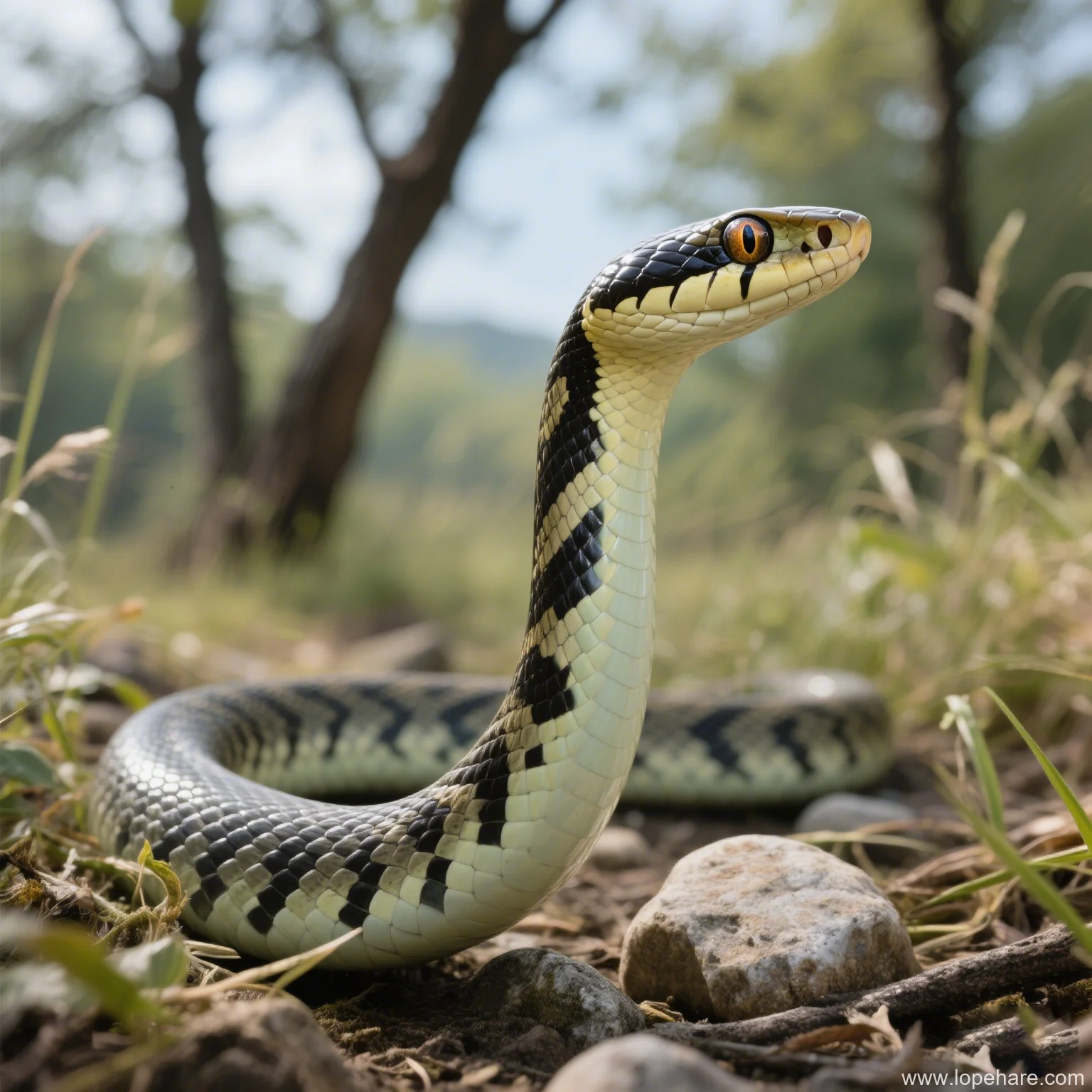
Our Perspective at Lopehare
At lopehare, our goal is to empower keepers with the knowledge needed to provide exceptional care for niche pets. We believe that understanding the specific environmental needs of species like Elaphe schrenckii is paramount. While they might not be as demanding as some complex tropical species, their requirements are still precise and differ significantly from more common pets. Providing accurate temperature gradients and maintaining appropriate humidity levels are non-negotiable foundations of good husbandry.
Conclusion: Diligence is Key
Mastering humidity and temperature control is perhaps the single most important aspect of keeping a healthy Elaphe schrenckii. It requires careful planning, reliable equipment (thermostats and hygrometers are non-negotiable!), and consistent monitoring. While it might seem daunting at first, with the right setup and a commitment to daily checks, you can provide an environment that allows your beautiful Amur Ratsnake to thrive for many years. Always cross-reference information and consider joining online communities specific to the species to learn from experienced keepers.
References
